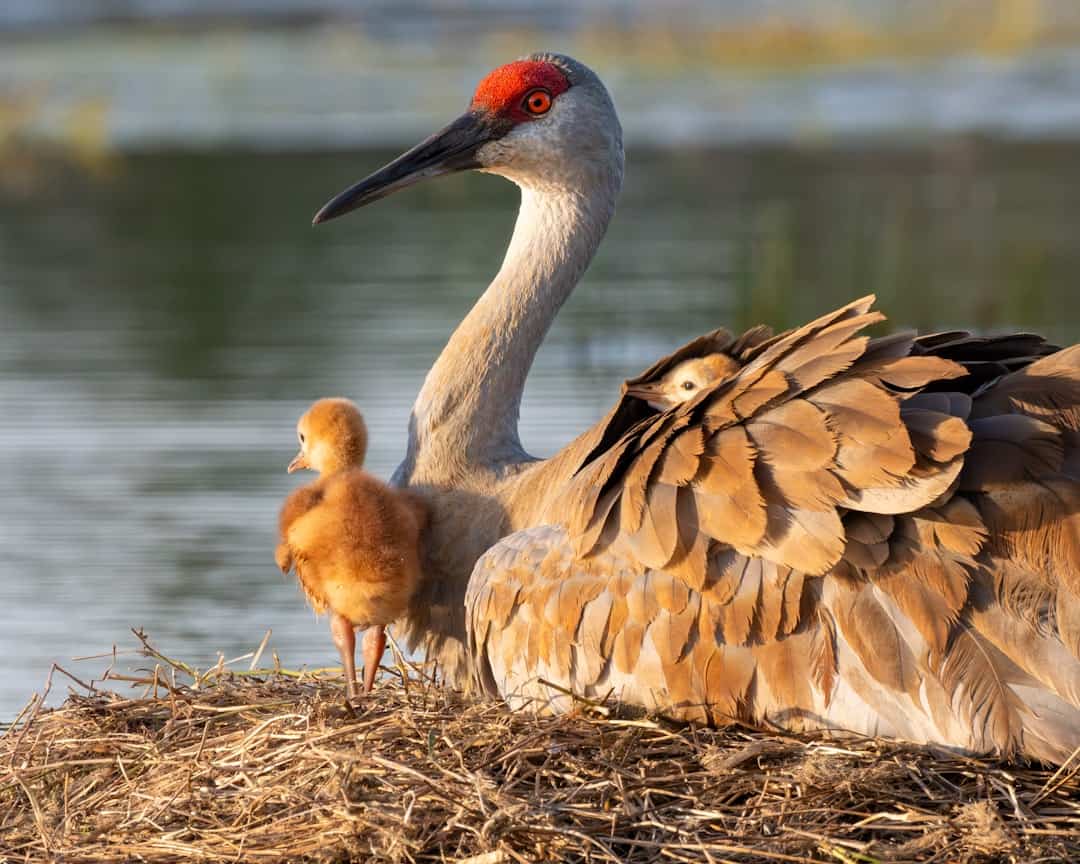Zero Trust Access is a security framework that operates on the principle of “never trust, always verify.” This approach requires all users and devices to be authenticated and authorized before gaining access to any resources, regardless of their location or network status. Unlike traditional security models that relied on perimeter-based defenses and assumed internal network safety, Zero Trust Access treats every access request as potentially hostile. This security concept has emerged in response to the limitations of conventional security measures, which have become less effective against modern cyber threats.
The shift towards remote work and cloud-based services has rendered perimeter-based security models inadequate. Zero Trust Access addresses these challenges by adopting a more comprehensive security stance, acknowledging that threats can originate from both internal and external sources. By implementing rigorous access controls and continuous verification processes, Zero Trust Access helps organizations reduce their overall attack surface.
This approach minimizes the risk of unauthorized access and data breaches by ensuring that only authenticated and authorized entities can access sensitive resources. As a result, Zero Trust Access provides a more robust and adaptable security framework for today’s dynamic digital landscape.
Key Takeaways
- Zero Trust Access is a security concept that assumes no user or device should be trusted by default, even if they are inside the network perimeter.
- Implementing Zero Trust Access involves using technologies such as multi-factor authentication, micro-segmentation, and continuous monitoring to verify and secure access to resources.
- Advantages of Zero Trust Access include improved security posture, better protection against insider threats, and the ability to adapt to the changing IT landscape.
- Best practices for securing networks with Zero Trust Access include conducting regular risk assessments, implementing least privilege access controls, and educating employees about security best practices.
- Challenges of implementing Zero Trust Access include the complexity of integrating different security technologies, the need for ongoing maintenance and monitoring, and potential resistance from employees accustomed to traditional network access methods.
- Case studies of successful Zero Trust Access implementation showcase how organizations have improved their security and reduced the risk of data breaches by adopting this approach.
- Future trends in Zero Trust Access technology may include the use of artificial intelligence and machine learning for more advanced threat detection and response capabilities.
Implementing Zero Trust Access in Networks
Implementing Zero Trust Access in networks requires a fundamental shift in mindset and a comprehensive approach to security. The first step is to identify and classify all the resources within the network, including applications, data, and infrastructure. Once the resources have been identified, organizations can then define access policies based on the principle of least privilege, which means that users and devices are only granted access to the resources they need to perform their jobs.
To enforce these access policies, organizations can use a variety of technologies, such as multi-factor authentication, identity and access management (IAM) solutions, and network segmentation. Multi-factor authentication adds an extra layer of security by requiring users to provide multiple forms of verification before they can access resources. IAM solutions help organizations manage user identities and control access to resources based on predefined policies.
Network segmentation involves dividing the network into smaller segments and controlling traffic between them based on access policies.
Advantages of Zero Trust Access
There are several advantages to implementing Zero Trust Access in networks. One of the main benefits is improved security posture. By assuming that no user or device can be trusted by default, organizations can reduce their attack surface and minimize the risk of unauthorized access and data breaches.
This proactive approach to security helps organizations stay ahead of evolving cyber threats and protect their sensitive data. Another advantage of Zero Trust Access is increased visibility and control. By classifying resources and enforcing strict access controls, organizations can gain better visibility into who is accessing what resources and when.
This level of visibility allows organizations to detect and respond to security incidents more effectively. Additionally, Zero Trust Access helps organizations comply with regulatory requirements by ensuring that access to sensitive data is tightly controlled and monitored.
Best Practices for Securing Networks with Zero Trust Access
| Best Practices for Securing Networks with Zero Trust Access |
|---|
| 1. Implement strong authentication methods such as multi-factor authentication (MFA). |
| 2. Use encryption for data both at rest and in transit. |
| 3. Regularly update and patch all software and devices to mitigate vulnerabilities. |
| 4. Monitor and log all network activity for potential security threats. |
| 5. Segment the network to limit lateral movement of threats. |
| 6. Implement least privilege access to restrict user access to only what is necessary for their role. |
Securing networks with Zero Trust Access requires a combination of best practices and technologies. One best practice is to implement strong authentication mechanisms, such as multi-factor authentication, to verify the identity of users and devices before granting access to resources. Organizations should also adopt a least privilege approach to access control, which means that users and devices are only granted access to the resources they need to perform their jobs.
Another best practice is to continuously monitor and analyze network traffic for any signs of unauthorized access or suspicious activity. This can be achieved through the use of security information and event management (SIEM) solutions, which help organizations detect and respond to security incidents in real time. Additionally, organizations should regularly review and update their access policies to ensure that they align with business requirements and security best practices.
Challenges of Implementing Zero Trust Access
While Zero Trust Access offers many benefits, there are also challenges associated with its implementation. One challenge is the complexity of managing access controls across a diverse set of resources and environments. As organizations adopt cloud-based services and hybrid IT environments, it becomes increasingly difficult to enforce consistent access policies across all resources.
Another challenge is user experience. Implementing strict access controls can sometimes lead to friction for users who need to access multiple resources to perform their jobs. Organizations must strike a balance between security and user experience to ensure that employees can remain productive while adhering to access policies.
Case Studies of Successful Zero Trust Access Implementation

Several organizations have successfully implemented Zero Trust Access in their networks, leading to improved security posture and reduced risk of data breaches. For example, Google has implemented a Zero Trust Access model called BeyondCorp, which assumes that every network request is untrusted and must be verified before access is granted. By implementing strict access controls and continuous verification, Google has been able to reduce its attack surface and protect its sensitive data from unauthorized access.
Another example is Coca-Cola, which has implemented a Zero Trust Access model to secure its global network infrastructure. By classifying resources and enforcing strict access controls, Coca-Cola has been able to improve visibility into who is accessing its resources and comply with regulatory requirements more effectively.
Future Trends in Zero Trust Access Technology
The future of Zero Trust Access technology is likely to involve greater integration with artificial intelligence (AI) and machine learning (ML) capabilities. These technologies can help organizations analyze large volumes of data in real time to detect and respond to security incidents more effectively. Additionally, Zero Trust Access solutions are likely to become more automated, allowing organizations to enforce access controls and respond to security incidents with minimal human intervention.
Another future trend is the adoption of Zero Trust Access in the context of the Internet of Things (IoT). As more devices become connected to corporate networks, organizations will need to implement strict access controls to prevent unauthorized access and protect sensitive data. Zero Trust Access can help organizations secure their IoT devices and minimize the risk of cyber attacks.
In conclusion, Zero Trust Access represents a fundamental shift in how organizations approach network security. By assuming that no user or device can be trusted by default, organizations can reduce their attack surface and minimize the risk of unauthorized access and data breaches. While there are challenges associated with implementing Zero Trust Access, the benefits far outweigh the drawbacks.
As technology continues to evolve, Zero Trust Access is likely to become an essential component of modern network security strategies.
If you’re interested in learning more about the impact of metaverse on education and learning, check out this article on how the metaverse is revolutionizing the way we approach education and training. The article explores the potential for immersive virtual environments to enhance learning experiences and provide new opportunities for collaboration and skill development.
FAQs
What is Zero Trust Network Access (ZTNA)?
Zero Trust Network Access (ZTNA) is a security model that requires strict identity verification for every person and device trying to access resources on a private network, regardless of whether they are inside or outside the network perimeter.
How does Zero Trust Network Access work?
ZTNA works by authenticating and authorizing every user and device attempting to access network resources. It uses a variety of security measures, such as multi-factor authentication, encryption, and micro-segmentation, to ensure that only authorized users and devices can access specific resources.
What are the benefits of Zero Trust Network Access?
Some of the benefits of ZTNA include improved security, reduced risk of data breaches, better visibility and control over network access, and the ability to enforce security policies consistently across the entire network.
What are some use cases for Zero Trust Network Access?
ZTNA can be used in a variety of scenarios, including remote access for employees, secure access for third-party vendors, and secure access for IoT devices. It can also be used to secure access to cloud-based resources and applications.
What are some key components of Zero Trust Network Access?
Key components of ZTNA include identity and access management (IAM) systems, multi-factor authentication, encryption, micro-segmentation, and continuous monitoring and enforcement of security policies.
How does Zero Trust Network Access differ from traditional network security models?
Traditional network security models typically rely on perimeter-based security measures, such as firewalls and VPNs, to protect the network. ZTNA, on the other hand, focuses on securing individual users and devices, regardless of their location or the network perimeter.











Leave a Reply